Fire Island’s Boffo festival is putting queer artists front and centre
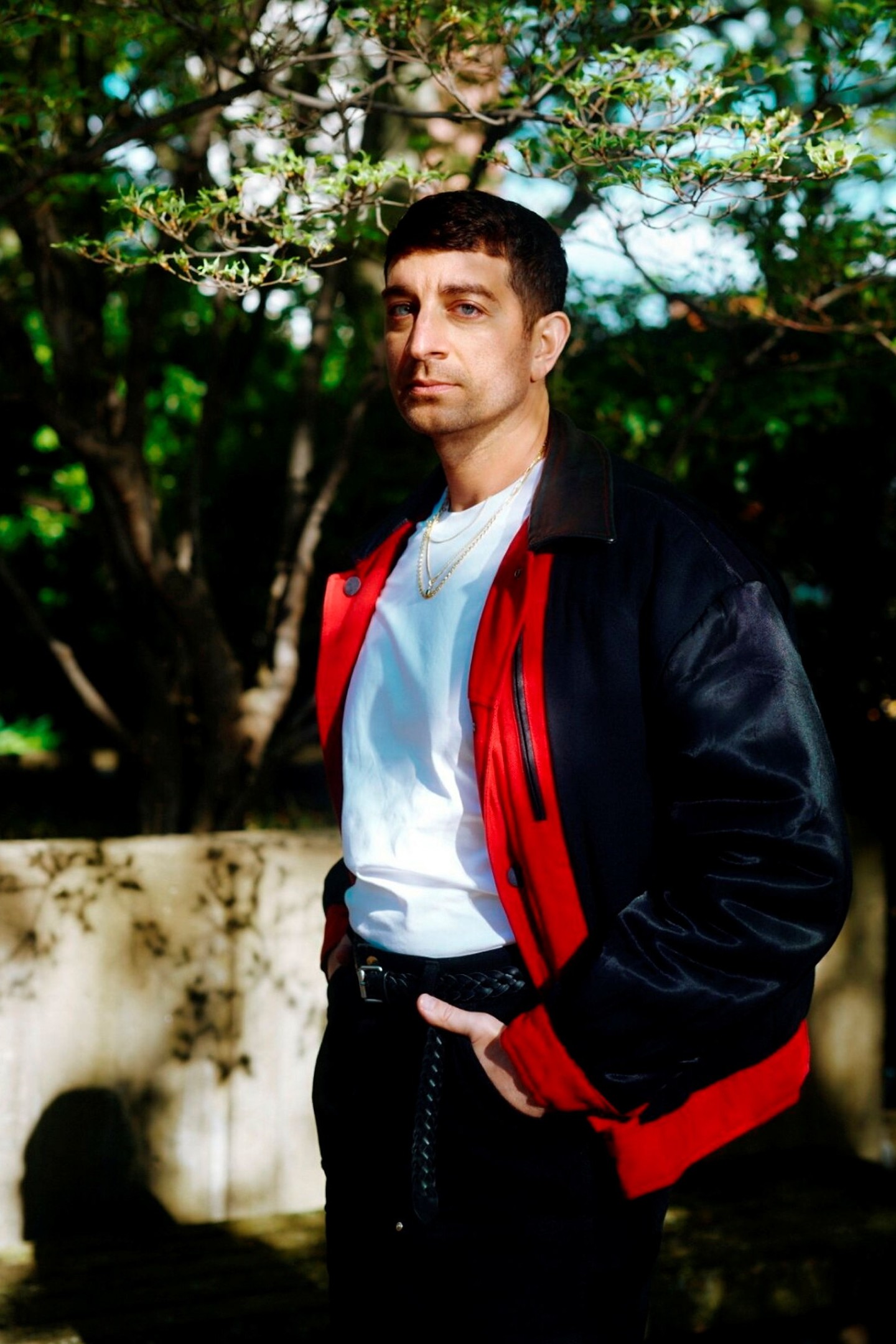
Roula Khalaf, Editor of the FT, selects her favourite stories in this weekly newsletter.
Two hours from Manhattan, Fire Island can feel like a state of exception. There are no paved public roads or cars along the 51km sandbar, which may be one reason why the queer communities of Fire Island Pines and Cherry Grove have flourished mostly undisturbed. From the 1960s onwards, some of New York’s wealthiest bachelors built wooden pleasure palaces atop its dunes, where gay men from around the world still flock every summer.
These seasonal visitors — largely wealthy, white, cisgender and male — are better known for their wild parties than art. It was in this environment that Faris Saad Al-Shathir founded Boffo, a local artist residency, in 2012. What began as an open invitation to diverse queer artists to live and make work in a pristine beach idyll has become a force changing the local culture.
Al-Shathir, an architect by training, was working as a fitness instructor when he began visiting the Pines more than a decade ago. His choice of name for Boffo — a 1940s term for a smash box-office success — expressed an early confidence that the residency could make waves. Fire Island has made deep impressions on its residents, too. The island’s flora and fauna have been a fixture in the lush paintings of TM Davy, one of the programme’s first participants, which have been exhibited widely, including at Tate Modern and the Brooklyn Museum. Davy has returned every summer since his residency, as has the artist K8 Hardy, whose videos — also shown at Tate Modern — have often featured her promenading like a model along the island’s shore.
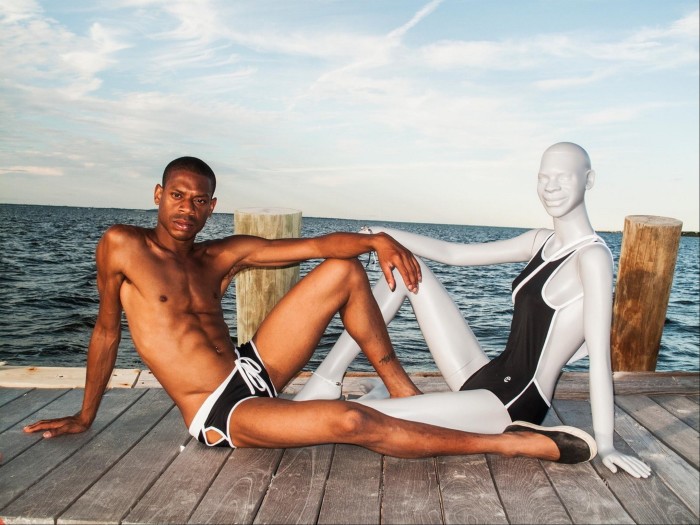
Not all artists have been so readily welcomed. When the fashion designer Telfar, whose bags have been carried by the likes of Beyoncé and Bella Hadid, was invited by Boffo to present a collection in the Pines harbour in 2016, some passers-by yelled derogatory language, and posters for the show were torn down from electrical posts along the boardwalk. In 2019, the artist collective Spit! performed a manifesto submerged in the shallow waters of the bay, shouting anti-gay slurs in order to defang them; a resident called the police.
“I think that Fire Island is so deeply rooted in white supremacy that the work [of improving equality] is probably a life-long practice,” says Al-Shathir. Still, he feels that relations with the existing community of the Pines have improved since the Black Lives Matter protests of 2020 and he has noticed more homeowners attending performances, as well as Sunday Sounds, Boffo’s weekly dance party on the beach.
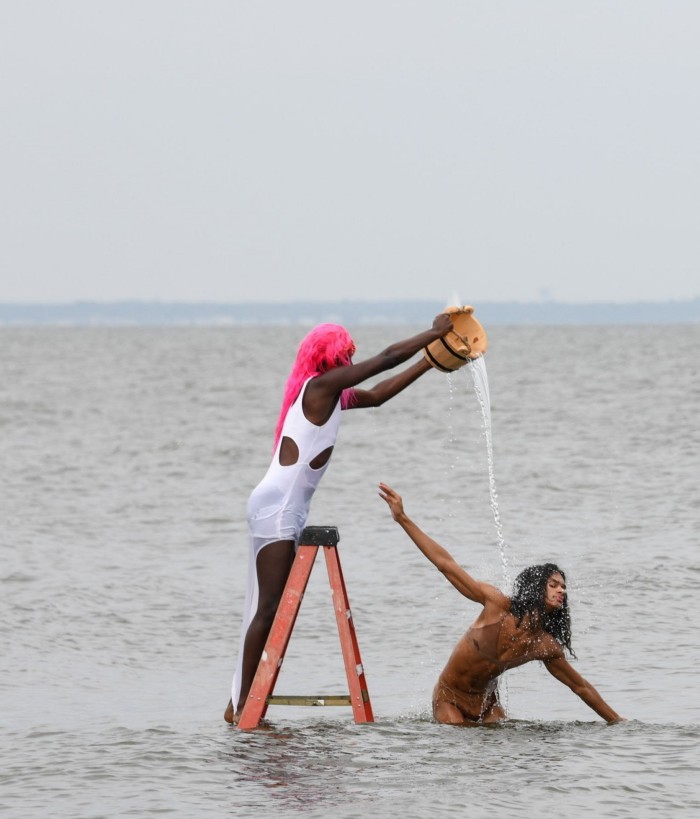
The apex of Boffo’s summer season comes in mid-August with its annual performance festival. Past editions have featured Young Boy Dancing Group, a provocative troupe who tumbled through the forest with illuminated laser-pointers in their rectums, and Z Tye Richardson, whose “Trans Baptism”, conducted in the serene bayside waters, responded to the current epidemic of transphobic violence with an act of spiritual transcendence. It brought many in the several-hundred-strong audience to tears.
The 2023 festival will convene half a dozen artists around the theme of “fugitive intimacies”, which curator Tavia Nyong’o describes as inspired by the simultaneously slow and fleeting pace of island time. “Performances on a beach are very much site- and environment-specific,” he says. “In the time and day that they’re there, they’re powerful, but they’re also fugitive and ephemeral. They leave no trace.” The artist Cassils will present photograms that use sunlight to expose the outlines of trans bodies on light-sensitive paper, exploring the urgency and attendant dangers of visibility. Mayfield Brooks, meanwhile, will turn their attention to the region’s marine life in a ritual performed for passing whales.
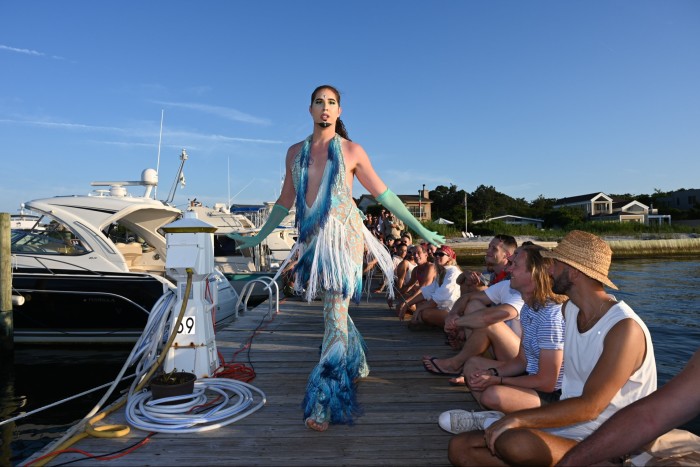
Nyong’o was one of several visitors to the island who contributed to a Boffo project by 2022 resident Pamela Sneed, gathering objects from the beach, such as seaweed and shells, to form sculptures that reflected on the island’s 18th- and 19th-century use as a prison for enslaved people from the Caribbean. Despite Fire Island’s outsized place in the gay imagination — fuelled by its appearance in classic novels such as Andrew Holleran’s Dancer from the Dance (1978) or the recent romcom Fire Island (2022) — such darker aspects of its past have rarely been the subject of critical study.
Sneed, a poet and artist, has since been working to install a historic marker acknowledging the presence of the slave prison. She says that, before attending the residency, she had avoided the Pines and its history because so many of her friends had died of Aids there, but the visible presence of more people of colour — which she largely attributes to Boffo — has breathed new life into the place. The sense of community, along with free food and lodging, was vital. “It was a real feeling of being held,” she recalls. “There was something spiritual about it.”
For his part, Al-Shathir is keen to expand Boffo’s capabilities and provide permanent studio space, as well as equipment, to resident artists. Doing so will require finding the residency a permanent home, rather than a series of seasonal rentals. He has tested the waters by staging exhibitions in spaces such as the Carrington House, an abandoned beach cottage where Tennessee Williams summered and where Truman Capote worked on what would become Breakfast at Tiffany’s.
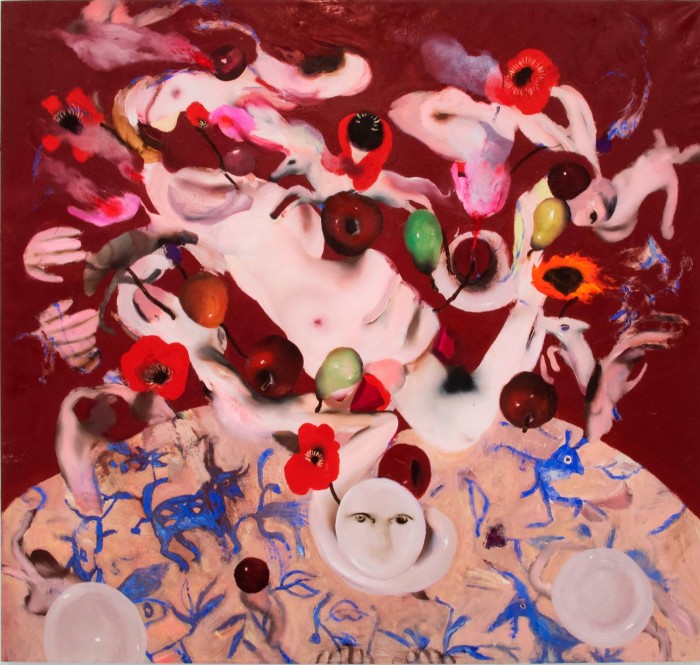
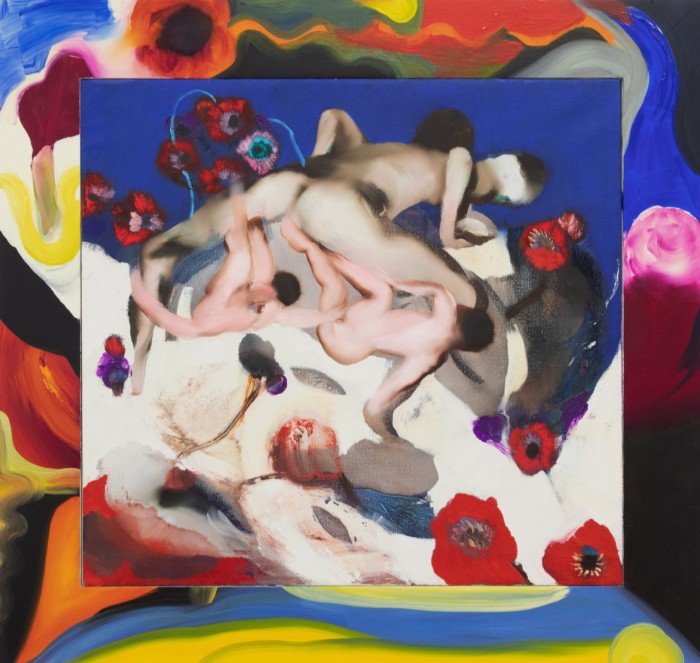
As Boffo enters a new decade, it has also begun accepting artists at more established points in their career, which may raise the programme’s profile among potential donors. This summer’s residents are all in the midst of a major career breakthrough and many of them work in sculpture and painting, a departure from the ephemeral video and performance practices of most alumni. Ambera Wellmann will arrive in the Pines shortly after showing her delirious paintings of smeary, tangled bodies at Stavanger Art Museum in Norway. Sculptor Hugh Hayden, another resident, recently unveiled a set of hand-carved school desks, overtaken by twisting tree branches, in New York’s Madison Square Park.
“Something really authentic has come out of the institution from its lack of resources, and the temporality of it all,” says Al-Shathir. “But maybe working in painting and sculpture will allow a different approach to our institution and our work.” The challenge, he notes, will be to remain true to Boffo’s mission to support cutting-edge queer art: “I think it’s going to be difficult, but it feels exciting.”
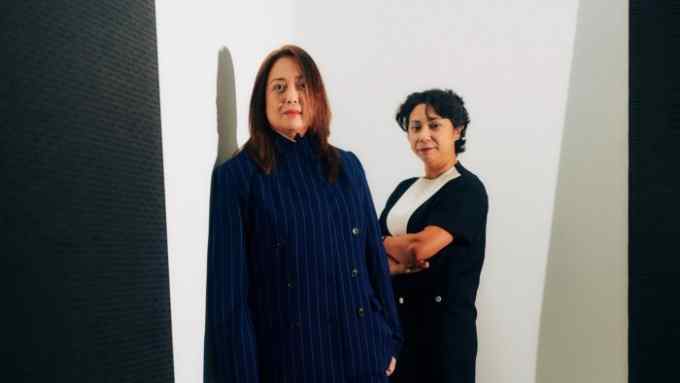
Comments